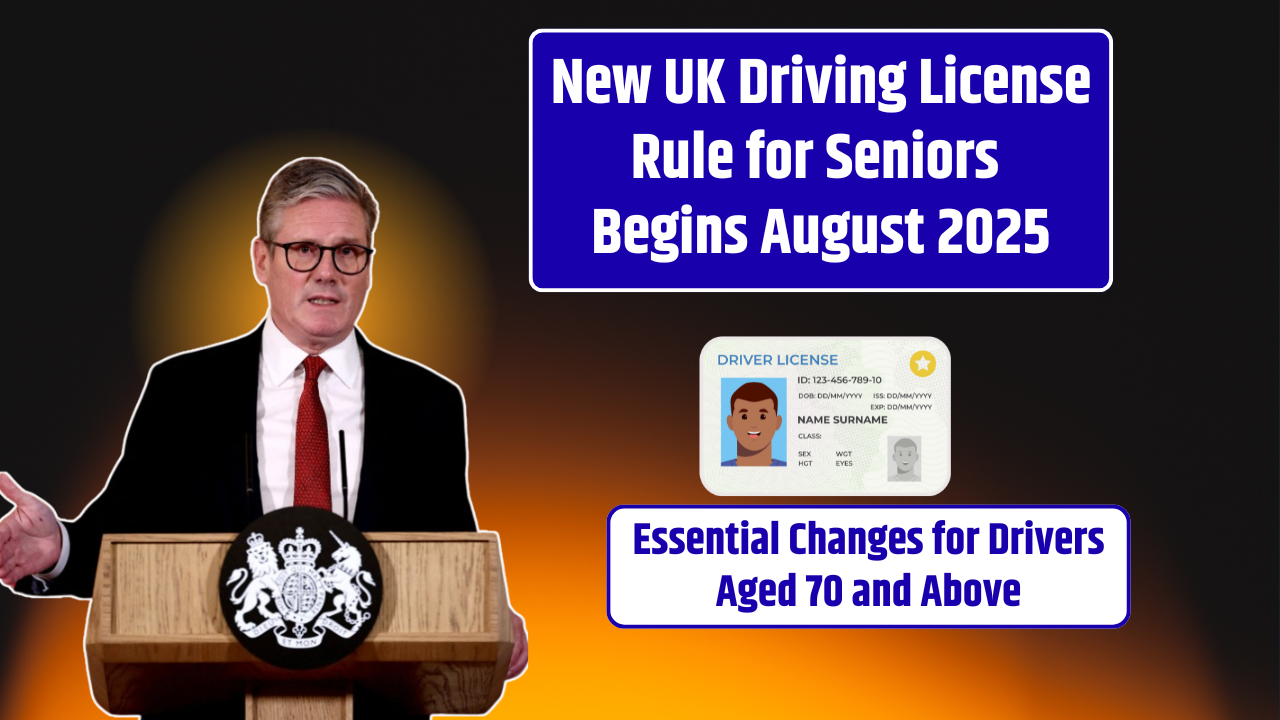Creating a well-designed questionnaire is essential for gathering accurate and meaningful data. Whether you’re conducting academic research, evaluating customer satisfaction, or assessing employee engagement, a questionnaire must be both valid (measuring what it’s supposed to measure) and reliable (producing consistent results over time).
Here’s how to design a valid and reliable questionnaire effectively:
Table of Contents
Define the Purpose and Objectives
Before writing any questions, clearly outline what you want to measure and why. Are you assessing attitudes, behaviors, knowledge, or opinions? Establishing the purpose helps in selecting the right type of questions and scales.
Tip: Align each question directly with your research objectives or key performance indicators.
Identify the Target Audience
Understanding who will be completing the questionnaire ensures that your language, tone, and format are appropriate. Tailor the questionnaire to the respondents’ level of education, experience, and cultural background.
Choose the Right Question Types
Use a mix of closed-ended and open-ended questions depending on your goals:
| Question Type | Best For | Example |
|---|---|---|
| Multiple Choice | Quantitative data, ease of analysis | What is your age group? |
| Likert Scale | Measuring attitudes or satisfaction levels | How satisfied are you with… |
| Dichotomous (Yes/No) | Simple binary responses | Have you used this service before? |
| Open-Ended | Deeper insights or opinions | What would you improve and why? |
Use Likert scales for reliable attitudinal data and ensure scale points are balanced.
Ensure Content Validity
Content validity ensures that the questionnaire fully covers the topic. To achieve this:
- Consult subject matter experts.
- Review existing literature or validated questionnaires.
- Pretest the questionnaire to check for missing concepts or confusing items.
Simplify and Clarify Wording
Every question should be clear, unambiguous, and concise. Avoid:
- Double-barreled questions (asking two things at once)
- Jargon or technical terms
- Leading or biased language
Example of a poor question:
Do you think the product is affordable and well-designed?
Better version:
How affordable do you find the product?
How would you rate the product’s design?
Use a Logical and Consistent Layout
Group related questions into sections with clear headings. Maintain a consistent format in:
- Question phrasing
- Scale direction (e.g., 1 = Strongly Disagree to 5 = Strongly Agree)
- Response options
A smooth, logical flow keeps respondents engaged and reduces survey fatigue.
Pilot Test the Questionnaire
Before full deployment, conduct a pilot test with a small group from your target population. This helps identify:
- Confusing questions
- Technical issues (if online)
- Estimated time for completion
Use feedback to refine the questionnaire.
Assess Reliability and Validity Statistically
After pilot testing or during data collection:
- Use Cronbach’s Alpha to test internal consistency (reliability).
- Conduct factor analysis to check construct validity.
- Analyze test-retest reliability if appropriate.
Keep it Short and Relevant
Respect respondents’ time. The shorter and more relevant the questionnaire, the higher the completion rate. Remove unnecessary or repetitive items.
Rule of thumb: Aim for under 10 minutes to complete.
Designing a valid and reliable questionnaire requires careful planning, testing, and refinement. By clearly defining your objectives, using well-constructed questions, and validating your instrument, you can collect trustworthy data that drives meaningful decisions.
FAQs
What is the difference between reliability and validity?
Reliability refers to consistency in results over time, while validity is about whether the questionnaire measures what it claims to measure.
How many questions should a good questionnaire have?
It depends on your goal, but generally 10–25 well-designed questions are effective for most surveys.
Can I use existing questionnaires?
Yes, validated questionnaires can save time and improve quality—just ensure they fit your specific context.


























